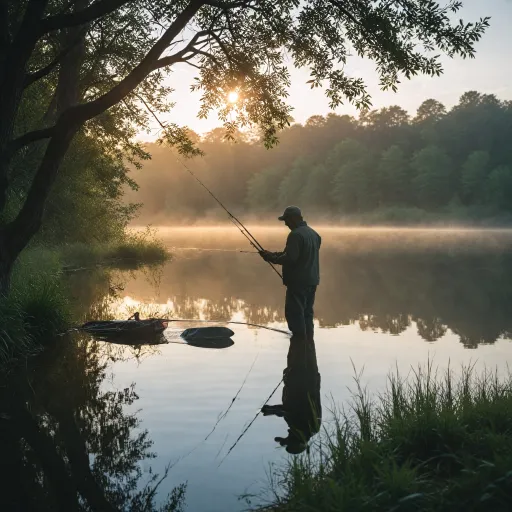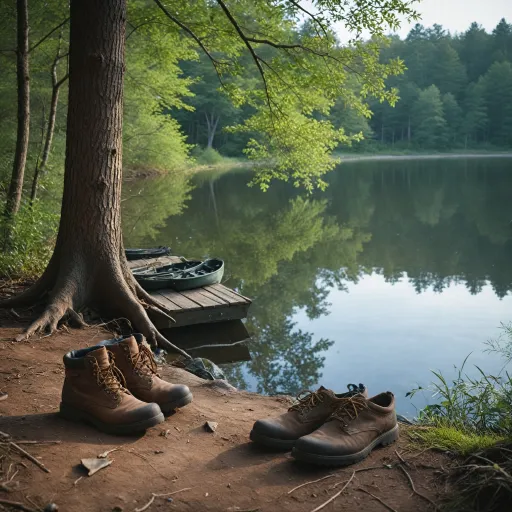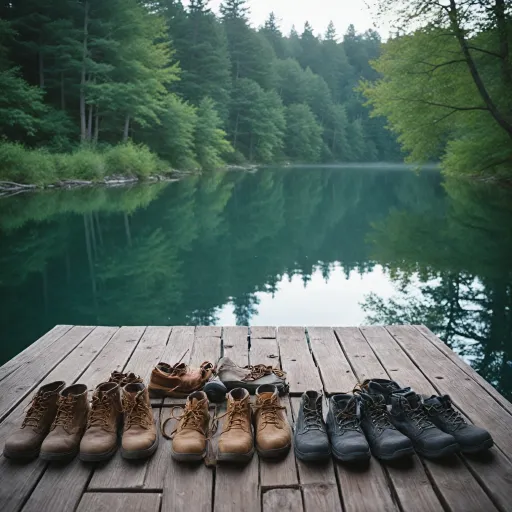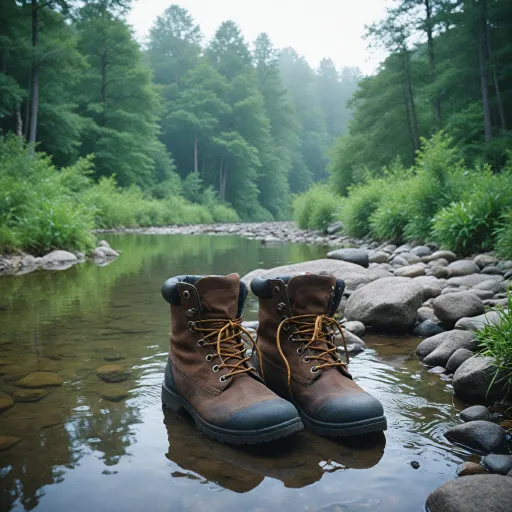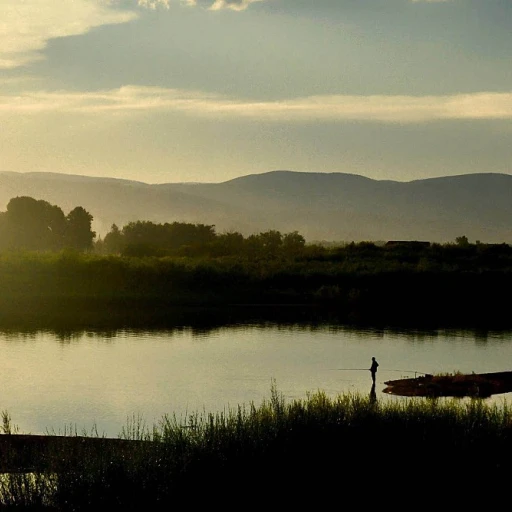
Understanding Anchor Types
Exploring Various Anchor Designs
When embarking on your fishing adventure, selecting the right anchor can significantly impact your experience on the water. Anchors come in a plethora of designs, each tailored for specific purposes and types of watercraft. Understanding these variations will help you make an informed decision suitable for your needs. There are several anchor types that you might come across while browsing through the available options:- Fluke Anchors: Known for their versatility, fluke anchors are popular among recreational fishermen. They are especially effective in sandy or muddy bottoms.
- Plow Anchors: These offer excellent holding power, making them a reliable choice for boats spending extended time anchored.
- Mushroom Anchors: Ideal for mooring applications, mushroom anchors are particularly useful for small boats and inflatables.
- Claw Anchors: Resembling a claw, these are excellent for rocky or coral environments, ensuring a firm grip.
Factors to Consider When Selecting an Anchor
The Essential Elements for Your Anchor Selection
Choosing the right anchor involves considering multiple factors that can affect the safety and effectiveness of your anchoring experience. Here’s what to keep in mind:
- Boat Size and Weight: The size and weight of your boat directly influence the type of anchor kit you'll require. Larger and heavier boats will need heavy duty anchors and a strong chain to ensure safe mooring.
- Bottom Conditions: Whether you're anchoring in sand, mud, or rocky bottoms, ensuring you choose an anchor style adept at holding in those specific conditions is vital. Anchors metal and steel offer superior grip in diverse environments.
- Weather Conditions: Anticipating strong winds or currents? You might need anchors with good holding power like ribbed or plow-style varieties.
- Water Depth: Consideration for water depth will help determine the length of anchor rope and chain needed. Ensure you have enough scope to maintain a proper anchoring position.
- Material Preferences: Stainless steel and heavy-duty plastic anchors are often favored for their durability. Reviews suggest that these materials endure the corrosive marine environment well.
- Ease of Use: For many, user-friendly features like pan head or flat head screws can simplify the anchoring process, especially when dealing with items like wall anchors or screw anchors.
An understanding of these essential elements will guide you in selecting an anchor set that meets your unique fishing adventure needs. For those who need to adjust mid-trip, carrying a variety of screws, such as those used for drywall anchors, can be handy.
If you're preparing for various anchoring scenarios, consider purchasing a complete anchor set that includes a range of anchor types and accessories. This will provide flexibility whether you find yourself in the United States' inland waters or the open sea.
Investing time in choosing the perfect equipment not only promotes safety but also ensures a hassle-free fishing adventure.
Anchor Materials and Durability
Determining Material Strength and Longevity
When investing in an anchor for your fishing boat, it’s crucial to assess the materials used in its construction. The type of material not only influences the anchor's durability but also its ability to hold your vessel securely. Here's a breakdown of common materials used in anchors and their key attributes:- Steel: A popular choice for anchors, steel offers excellent strength and longevity, making it suitable for various fishing environments. Stainless steel, in particular, is renowned for its resistance to rust and corrosion, an essential feature for maritime use. Although typically pricier than other materials, its resilience justifies the investment.
- Plastic: Often found in lightweight anchors, plastic materials are cost-effective and ideal for small boats or temporary mooring situations. While not as robust as steel, plastic anchors excel in scenarios where light anchoring is required, such as in calm waters or when you have a secondary anchoring system.
- Anchors Metal: Aside from traditional steel, other metal anchors include aluminum or cast iron. Aluminum is lightweight and provides a good balance of strength and portability, while cast iron offers substantial weight and durability that's well-suited to larger vessels.
Proper Anchor Deployment Techniques
Mastering the Art of Anchor Deployment
Deploying your anchor correctly is key to ensuring a successful and safe fishing trip. The technique involves more than just tossing an anchor overboard; it requires attention to detail and adherence to best practices. Here's a streamlined approach to deploying your anchor effectively:
- Assess the Location: Before you begin anchoring, evaluate the seabed. Knowing whether it's sandy, rocky, or covered in vegetation will guide your choice of anchor and deployment strategy.
- Sufficient Scope: To ensure good anchoring, pay out enough scope—the ratio of anchor line length to the depth of the water—typically between 5:1 to 7:1. This helps the anchor to set firmly.
- Controlled Release: Lower the anchor gently to the bottom; avoid simply dropping it. This prevents tangles and allows the anchor to settle properly.
- Gradual Backing: Once the anchor touches the seabed, allow your boat to drift back slowly. This helps the anchor dig in and secure its hold.
Consider potential challenges like strong currents, which can dislodge an inadequately set anchor, or heavily ribbed seabeds that may require a more robust, heavy duty option from your anchor set. Use anchors that are well-reviewed for the conditions you expect to face.
Using appropriate equipment, such as stainless steel chains and quality screws, enhances the performance of your anchor system. Kits often include vital components like anchor screws and wall anchors—though these are sometimes more suited for dry wall and drilling drywall setups, they illustrate the importance of each component working harmoniously.
Finally, choosing the wrong type of screw anchor or chain length can impact stability. It's beneficial to read reviews and conduct thorough research into each part, including wall and hollow wall anchors, to ensure your anchoring is effective and reliable.
Maintenance and Care for Your Anchor
Keeping Your Anchor in Pristine Condition
Proper maintenance and care for your anchor can significantly extend its lifespan, ensuring it remains reliable when you need it most. Regardless of whether you're utilizing a boat anchor, an anchor kit, or even heavy-duty concrete screws for extreme situations, consistent upkeep is vital.- Inspection and Cleaning: Regularly inspect your anchor for any signs of wear or damage. Scrutinize parts, especially where corrosion can occur, such as steel or stainless steel components. Plastic and ribbed plastic anchors should be checked for any cracks or deformations. After every use, rinse your anchor thoroughly with fresh water to remove salt, sand, or other debris which could cause deterioration.
- Storage Practices: When not using your anchors, store them in a dry, protected environment. This is particularly crucial for those made from materials prone to rust or corrosion, like certain metals. Utilize a wall for hanging your anchor set if possible, ensuring they’re not in direct contact with moisture.
- How to Deal with Hardware: Pay attention to the anchoring hardware such as screws, chains, and screw anchors. Regularly oil moving parts, and ensure screws, whether pan head or flat head, are tight and free from corrosion. For items securing wall anchors or those used with drywall anchors, periodic tightening might be necessary to maintain holding strength.
- Replacing Severely Damaged Parts: If you notice any severe rust, bending, or other structural issues, consider replacing the part or the entire anchor if needed. For example, damaged plastic anchors or corroded screw anchors cannot provide the required support and might need to be changed.

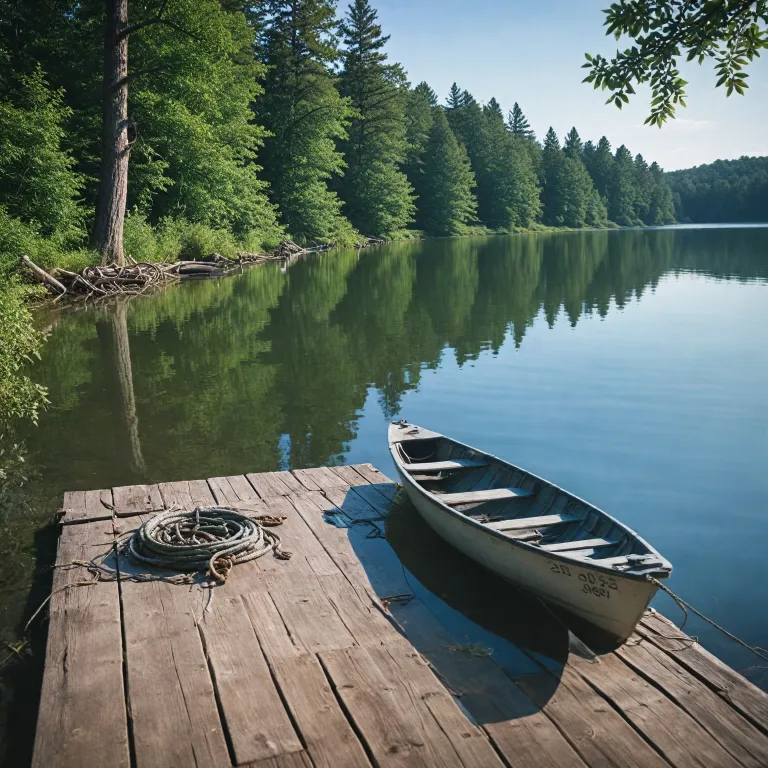
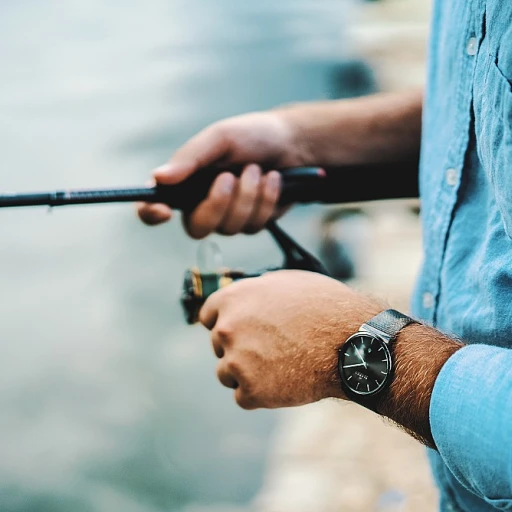
-large-teaser.webp)


